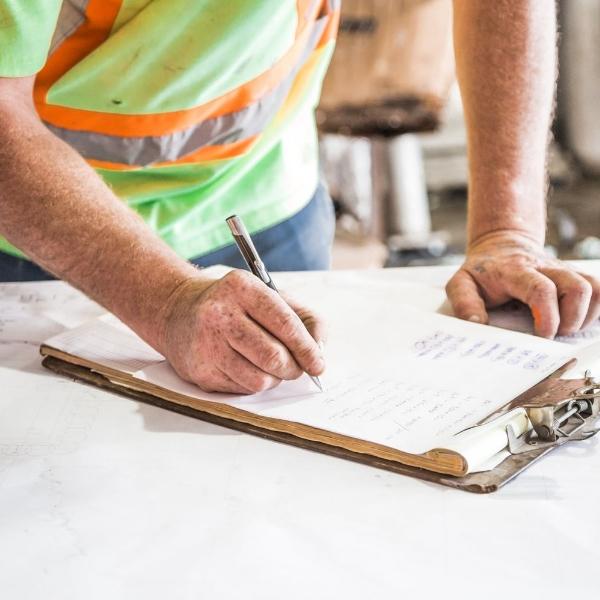
At their core, industrial air compressors are powerful machines made to take input mechanical power (typically from a motor) and convert it into fluid air power.
The compressed air that is produced can be stored for use at a later time in compressed air tanks, or can be transferred through pipes to a separate point of use.
In today’s blog our goal is to differentiate between two common types of industrial air compressors: the reciprocating compressor and the rotary compressor. Read on to learn more.
Reciprocating Types
Reciprocating air compressors feature a piston as its primary compressing element. The piston is connected to a crankshaft - both of which are located inside of a cylindrical housing unit. There are 2 valves also located within the housing unit, known as the inlet and the outlet valves. The inlet valve is also commonly referred to as the suction valve, and allows atmospheric air to enter the cylindrical housing unt. The outlet valve is also known as the discharge valve, and it ejects the compressed air from the cylindrical housing unit.
Achieving compressed air begins with the crankshaft. As the crankshaft lowers and raises, it changes the available air volume within the housing unit. The downward stroke of the piston is the suction stroke, and the upward stroke is the compression stroke. The piston must execute both stroke types until the air inside the cylinder housing unit is adequately compressed.
Rotary Types
Rotary industrial air compressors consist of a cylindrical housing, adjustable rotary vanes, and inlet and outlet components. The rotary vanes are fixed off-center of the drive shaft. The drive shaft rotates the vanes which make contact with the cylindrical housing wall. As the vanes make contact with the housing wall, chambers are made within the cylinder of various sizes. Air will enter at the largest chamber, and as the vanes rotate they retract - allowing the various chambers to decrease in size and compress the air, with air exiting at the smallest chamber.